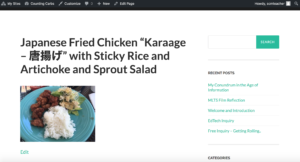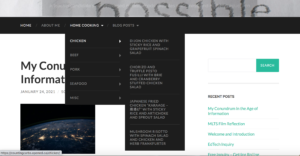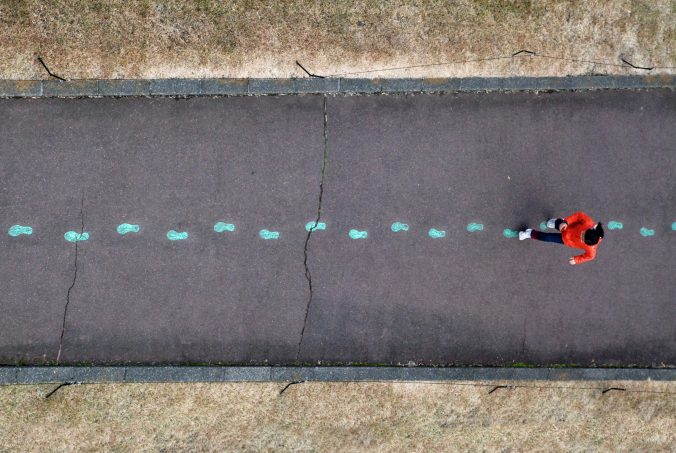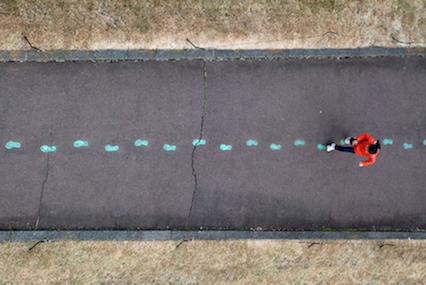Wow! Describing food is not an easy undertaking at all. Although I started this inquiry as an attempt to improve my cooking ability, I’m quickly realizing that I will also be expanding my vocabulary as there’s only so many times I can call something yummy or tasty!

Synonyms of tasty or yummy with far deeper meanings such as succulent, luscious, appetizing, inviting, tempting, delectable. These are parts of the English language that I’ve always been familiar with in the deepest part of my brain but are simply words that I’ve never frequently used before in the writing process. Considering most of my writing has been done as part of university classes, it makes sense that I’ve rarely used these words, I mean how often do luscious or delectable appear in most academic papers?
Now that I’m working on a blog for the first time, I’m learning how small things can make a difference in the user’s experience. One thing I realized today, for example, was that my food pictures were simply just too small to be inviting. By enlarging each picture my pages really came to life in a way I didn’t realize I was missing before.

One more new skill I learned how to do this week was edit and compress images. Earlier this week, I was attempting to upload a new header image to my blog but it simply kept giving me an error message, talk about frustrating! After some research and a bunch of failed hotfixes, I realized that I just had to decompress the images as they were of a too high pixel number and quality. Decompressing and changing the characteristics of pictures is something I’ve never done before so I’m quite proud that I was able to figure this out.
Overall I would say that week 3 has been successful so far. I’ve learned a new computer skill, refreshed myself on food lingo, and have started creating descriptions and carbohydrate counts for my food posts.
Until next time.







